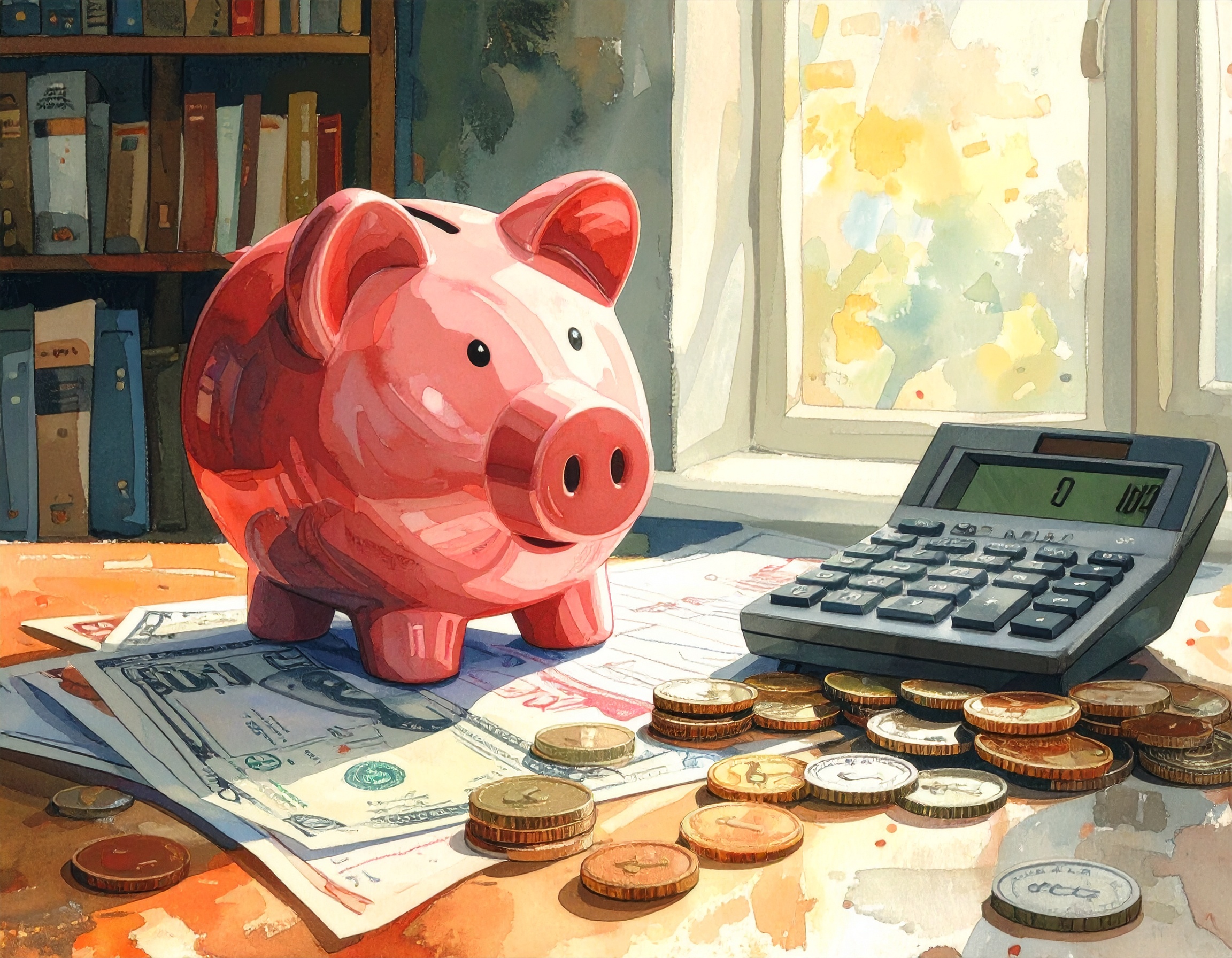
At Wise-Wallet, personal finance is a journey.
Read MoreCorrect! Nice Job!
Refund math is among the clearest parts of tax filing: if total withholding and estimated payments exceed tax liability, the taxpayer receives the difference as a refund. In the example used earlier, withheld taxes of $2,800 minus a tax liability of $2,200 produces a $600 refund. This arithmetic is the reconciliation step every filer experiences — tracking amounts paid during the year and comparing them to final tax computed on the return. Knowing this formula helps you make intentional decisions about withholding: do you want larger refunds (which are effectively forced savings) or smaller refunds and more take-home pay during the year? Each choice carries trade-offs. Large refunds indicate overwithholding — money borrowed interest-free to the government — while owing at filing signals underwithholding or underpayment through the year.
If your goal is cash-flow efficiency, gradually adjust withholding downward to retain more pay during the year, and invest or use that money rather than waiting for a refund. Conversely, if you prefer predictable windfalls or dislike budgeting, overwithholding may be acceptable as a forced saving mechanism. When adjusting withholding, do so conservatively and re-evaluate annually or whenever life changes (marriage, new job, child). Also consider whether refundable credits or year-end deductions will materially affect expected refunds. Many taxpayers use simple projections mid-year — estimate income, apply a likely tax rate, and compare to year-to-date withholding — to decide whether to submit a new W-4 or make a timely estimated payment before the filing deadline to avoid surprises.
By Quiz Coins
Automating savings with payroll deductions or scheduled transfers removes friction and makes building wealth more consistent.

Pick cards to match your life: cashback for simplicity, travel cards for frequent flyers who use perks, and balance-transfer cards to crush debt — then automate, pay in full, and track value.
Read More
Build a simple, automatic emergency fund by choosing a target, automating transfers, and using low-effort saving hacks — no spreadsheets required.
Read More